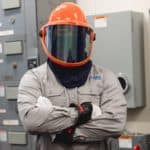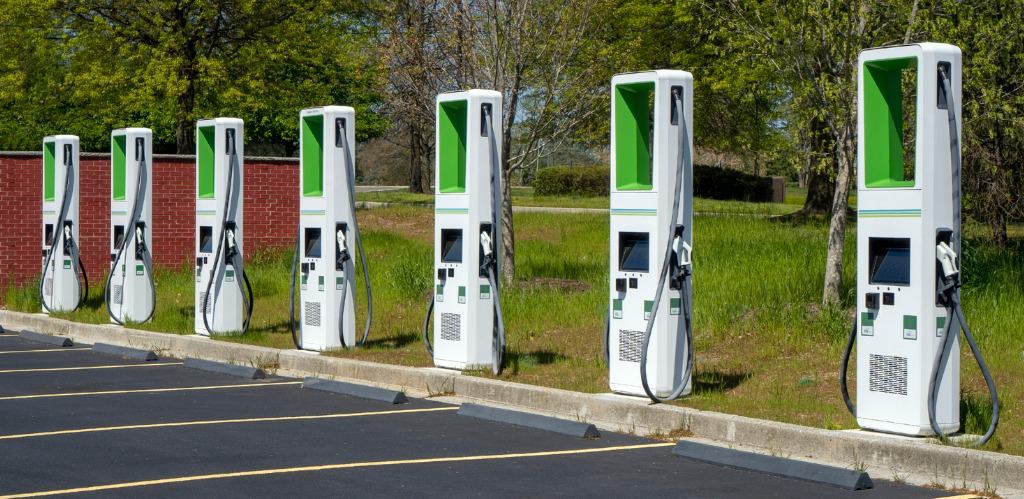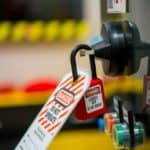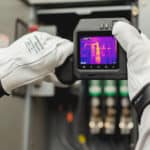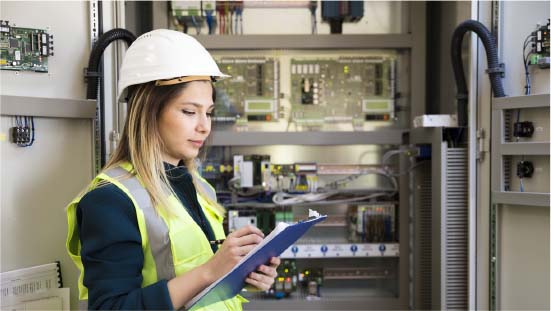Electrical Hazards Are Everywhere
Every day, organizations worldwide operate advanced machinery and complex systems using incredible amounts of electricity. In the hospitality industry, mechanical systems such as elevators and HVAC equipment run 24/7. Complex robotics, machinery, and electrical systems such as compressors and control sensors are key to efficient production in manufacturing facilities. And in retail environments, refrigeration units, lighting systems, and more maintain comfortable, ideal conditions for customers.
For many, electricity is just the fuel that keeps the engine running. And while we all know the importance of electrical safety, the reality is that there’s more to it than simply putting up signs. This is where infrared inspection services provide greater value and protection.
Virtually any electrical asset — from a breaker to a motor junction box — can experience a problem. This might include overheating due to a poor connection or a fault within a circuit. Another common problem may arise not from issues with the asset itself but from the environment in which it is located. While dust might appear to be nothing more than a task for maintenance teams, certain dust particles can, in fact, be explodable or combustible. Over time, large amounts of dust can enter the inner workings of electrical assets. This dust seriously threatens worker safety when exposed to excess heat and other factors.
In addition to many others, these two hazards might not be at the top of your list of risks, particularly if you’ve never experienced an incident. But here’s the reality: every organization uses electrical equipment. All it takes is one incident in your facility — personnel-related or equipment-related — to bring operations to a halt and leave your organization with hefty fines. While electrical fatalities and injuries have been trending downward over the years, 2015 and 2017 particularly saw spikes in injuries, while 2016 saw a spike in fatalities. Clearly, there is still work to be done.
How Infrared Inspection Services Work
Infrared inspection services proactively identify and resolve these hazards and others before they become life-threatening costly problems. But what is an infrared inspection? An infrared inspection is an analytical assessment of electrical assets using infrared images (along with digital and visual imagery) and extensive data collection. Performed by certified, safety-trained field technicians wearing appropriate personal protective equipment (PPE), infrared inspections reveal areas where electrical assets are at risk — particularly in areas of high temperature and excessive load.
In addition to thermal inspection, visual inspection identifies other potential risks and hazards, such as the presence of materials left behind in the asset enclosure; clearance problems such as tools, cables, or other equipment left too close to the asset; improper fuse usage; or missing covers or knockouts. Each hazard poses a significant risk to employees working on or near the asset.
Beyond creating unsafe working conditions, producing thermal problems, and adding the potential for a lethal arc flash explosion, assets with performance problems can also make a significant financial impact. On average, an asset with a problem costs $300 per year in wasted energy. When multiplied by the number of electrical assets and the level of severity they’re experiencing, the unnecessary energy costs can quickly spiral out of control.
It’s clear that infrared inspection services add value to an organization both in safety and energy savings, but not all inspections are created equal. There are several different service providers available in the industry. Still, the reporting, recommendations, and support you receive from an inspection partner will differ greatly, particularly regarding the measurables and data points involved with the assets and facilities inspected.
Understanding the Key Measures of Infrared Inspection Services
At SEAM Group, our infrared inspection services are performed on-site over several days, depending on the number of assets being analyzed. Upon completion, data is loaded into our ViewPoint web-based management platform, which provides the information organizations need to understand the entire infrared inspection. All assets inspected are itemized and accessible in-depth, meaning that you can drill down by region, facility type, and more to get a detailed view of each asset (as well as certain regions or facility types as a whole). This is just the beginning, though — let’s take a look at additional data points that ViewPoint provides post-inspection.
Problem and Anomaly Severity
Multi-facility organizations operate many electrical assets — often in the hundreds or thousands. Understanding what to resolve now is critical to preventing safety incidents and making the most immediate impact on energy savings and other financial factors. To ensure organizations can best know where to focus their efforts, a patented software tool called T-Max analyzes the asset’s current condition and assigns a severity rating to it, allowing ViewPoint users to find the problems that need to be resolved urgently. Any critical findings from the analysis are reported to the client before the inspection team departs the site.
Load Comparisons
As asset data is captured (both OEM and from infrared), our software forecasts load level issues should problems go unaddressed or experience a heavy load. For example, if an asset began consuming more electricity and thus a heavier load, a potential problem with the asset might result in a higher temperature. Suppose an asset with a max temperature of 75° and an electrical issue experienced a 50% increase in load. In that case, its temperature could rise dramatically — causing damage to the asset and increasing the likelihood of a hazardous arc flash. ViewPoint reporting shows the different temperatures at varying load levels so companies can understand the severity of a problem and take the proper steps to address it.
Cost-Benefit Analysis
Whereas many safety organizations or inspection service providers will help you identify problems in your facility, we believe in helping organizations achieve real, measurable results through our infrared inspection services. A key part of ViewPoint reporting is providing a cost-benefit analysis to identify costs (repairs, fines, etc.) and calculate savings opportunities achievable through repair. This helps organizations demonstrate the ROI of infrared inspection services, electrical repairs, and other efforts and understand energy savings.
Do More with Your Infrared Inspection Results
Problem identification is only the beginning of the benefits that a SEAM Group infrared inspection can provide. Our ViewPoint management platform gives you a better understanding of the data collected, reveals the problems in your assets, and provides absolute clarity regarding where to prioritize remediation efforts. This data gives more meaning to the reporting you receive and the service as a whole.
After all, your goal isn’t simply to know that there are electrical problems in your facilities — your goal is to keep people safe, maintain efficient operations, and save money in the process. Don’t put this important maintenance responsibility in just any hands. Work with the experts at SEAM Group to help you make the most of your infrared inspection services.
Contact us today to learn more about these services and how our process works.
